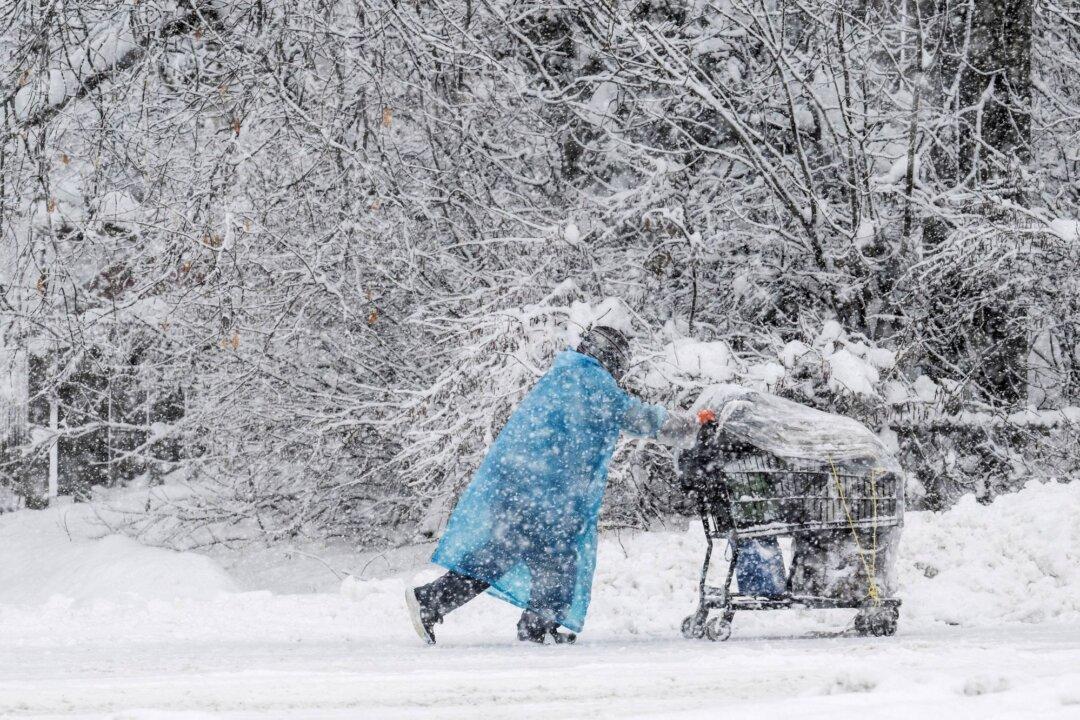Large areas of the United States could face “insufficient electricity supplies” in the winter because of cold temperatures and potential disruption in natural gas supplies, according to a recent report by power grid watchdog North American Electric Reliability Corp. (NERC).
“A large portion of the North American BPS (bulk power system) is at risk of insufficient electricity supplies during peak winter conditions,” NERC stated in its 2023–2024 Winter Reliability Assessment report published on Nov. 8. It estimated that during the upcoming winter period, much of the eastern United States would either be at an “elevated” or “high” risk of constrained electricity supplies.





